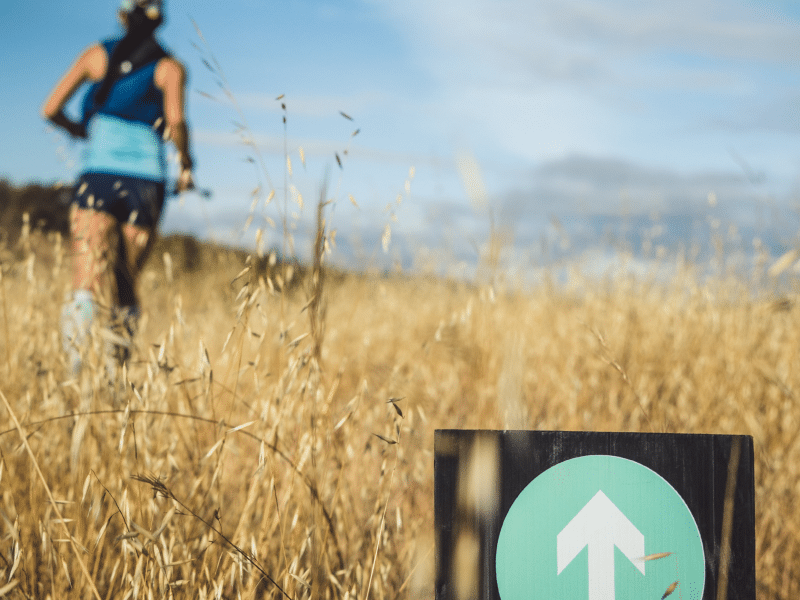Back in 2016 Instagram switched its reverse chronological feed in favour of an algorithm.
The result? Users were outraged with “the new algorithm”, claiming they could no longer see their friends’ posts within their feeds.
Bloggers and influencers were hit the hardest, as many saw huge drops in engagement and interaction in the weeks following the change. Insta-fans all over the world were quick to vocalize their dislike with the new changes and soon started calling on Instagram to “change back the algorithm” to reverse chronological order.
Instagram still claims that the new algorithm is a good thing for all users. Huh?
According to TechCrunch users were missing 70 percent of all posts – and 50 percent of their friends’ posts – before the app rolled out the algorithm.
Despite the backlash, Instagram has said relevancy sorting has led to its millions of users seeing 90 percent of their friends’ posts, and an increase in time spent on app.
While the Facebook-owned photo-sharing platform has made it clear it will not be changing anything any time soon, it has finally disclosed how its elusive algorithm works.
Here’s why you see, what you see in your feed on Instagram.
How The Instagram Algorithm REALLY Works…
Three factors go into determining what the algorithm shows users within their feeds…
Interest
Instagram’s algorithm tries to predict which posts you’ll show the most interest in, based on your past interactions within the app. This means it evaluates your past behaviours and tries to show you content similar to other content that you’ve liked and commented on.
This may include using machine vision analyzing software to match new content with old content that boasts a high interaction rate from a user.
Recency
Instagram hasn’t completely scrapped chronological order. How recently a post was shared does matter, when it comes to whether or not a user will view it within their feed. Instagram won’t show its users content that is weeks old – even if it boasts a high rate of interest from a user.
Relationship
If you comments a lot on someone else’s photos or are tagged frequently within their posts, the algorithm will have a tendency to show you more content from that account. Your account’s relationship with other accounts matters.
So, if you’re wondering why you’re always seeing snaps of your best friend’s dogs at the top of your feed, now you know why.
How often you use Instagram, how long you spend on the app and who you follow also affects what you see at the top of your Insta feed.
If you go on Instagram a number of times throughout the day, the algorithm will try to show you the “best posts” since your last scroll. And the longer you spend on the app, the more the algorithm will have to dig in order to show you fresh content.
Your following also matters. If you follow thousands of accounts on the platform, the algorithm has a bigger choice of content to choose from when curating what you see within your feed.
What are your thoughts on Instagram’s algorithm? Let us know in the comments below.




